当前位置:网站首页>Deep dive kotlin synergy (XXI): flow life cycle function
Deep dive kotlin synergy (XXI): flow life cycle function
2022-07-05 16:45:00 【RikkaTheWorld】
Series eBook : Portal
Flow It can be imagined as a pipe , The requested value flows in one direction , The corresponding value flows in the other direction . When flow Completion or exception , These messages will also be transmitted , And close the intermediate steps on the way . therefore , When these values begin to flow , We can monitor the value 、 Abnormal or other characteristic events ( Such as start or finish ). So , We used onEach、 onStart、onCompletion、onEmpty and catch Other methods . Let me explain these life cycle methods one by one .
onEach
In response to the value of each flow , We use onEach function .
suspend fun main() {
flowOf(1, 2, 3, 4)
.onEach {
print(it) }
.collect() // 1234
}
onEach Of lambda Expressions are suspended , The elements are in order ( The order ) Processed . therefore , If we were onEach add to delay function , We will delay the flow of each value .
suspend fun main() {
flowOf(1, 2)
.onEach {
delay(1000) }
.collect {
println(it) }
}
// (1 sec)
// 1
// (1 sec)
// 2
onStart
onStart Function to set a listener , once flow start-up , The listener will be called back . It should be noted that , onStart Don't wait for the response of the first element , But when we request the first element , It will be called .
suspend fun main() {
flowOf(1, 2)
.onEach {
delay(1000) }
.onStart {
println("Before") }
.collect {
println(it) }
}
// Before
// (1 sec)
// 1
// (1 sec)
// 2
stay onStart( And in onCompletion、onEmpty、catch) Elements can be emitted in , These elements will flow down there .
suspend fun main() {
flowOf(1, 2)
.onEach {
delay(1000) }
.onStart {
emit(0) }
.collect {
println(it) }
}
// 0
// (1 sec)
// 1
// (1 sec)
// 2
onCompletion
There are several ways to complete a flow. The most common is in flow When the builder is finished ( For example, the last element is sent ), Although it may occur when an exception is not caught or the collaboration is canceled . In all these cases , We can all use onCompletion Method is flow Add a listener .
suspend fun main() = coroutineScope {
flowOf(1, 2)
.onEach {
delay(1000) }
.onCompletion {
println("Completed") }
.collect {
println(it) }
}
// (1 sec)
// 1
// (1 sec)
// 2
// Completed
suspend fun main() = coroutineScope {
val job = launch {
flowOf(1, 2)
.onEach {
delay(1000) }
.onCompletion {
println("Completed") }
.collect {
println(it) }
}
delay(1100)
job.cancel()
}
// (1 sec)
// 1
// (0.1 sec)
// Completed
stay Android in , We use it a lot onStart To show the progress bar ( Indicator waiting for network response ), Then we use onCompletion To hide it .
fun updateNews() {
scope.launch {
newsFlow()
.onStart {
showProgressBar() }
.onCompletion {
hideProgressBar() }
.collect {
view.showNews(it) }
}
}
onEmpty
flow It may be done without emitting any values , There may be an unexpected situation . In this case , There is one onEmpty function , It's in flow When it is completed but no element is emitted, it will call back . We can use onEmpty To emit some default values .
suspend fun main() = coroutineScope {
flow<List<Int>> {
delay(1000) }
.onEmpty {
emit(emptyList()) }
.collect {
println(it) }
}
// (1 sec)
// []
catch
stay flow Any time the builder or processes values , Can be abnormal . Such exceptions will flow downward , Close each processing step on the way ; However , It can be captured and managed . So , We can use catch Method . This listener receives exceptions as parameters , And allows you to perform recovery operations .
class MyError : Throwable("My error")
val flow = flow {
emit(1)
emit(2)
throw MyError()
}
suspend fun main(): Unit {
flow.onEach {
println("Got $it") }
.catch {
println("Caught $it") }
.collect {
println("Collected $it") }
}
// Got 1
// Collected 1
// Got 2
// Collected 2
// Caught MyError: My error
In the example above ,onEach No response to exception . The same thing happens to other functions , Such as map、 filter etc. . Only onCompletion Will be called .
catch Method to prevent the propagation of exceptions by capturing . Although the previous steps have been completed , however catch New values can still be emitted , And keep flow The rest of is active .
val flow = flow {
emit("Message1")
throw MyError()
}
suspend fun main(): Unit {
flow.catch {
emit("Error") }
.collect {
println("Collected $it") }
}
// Collected Message1
// Collected Error
catch It will only respond to exceptions thrown in upstream defined functions ( As you can imagine , When there is something abnormal about obscenity , Still need to catch exceptions ).
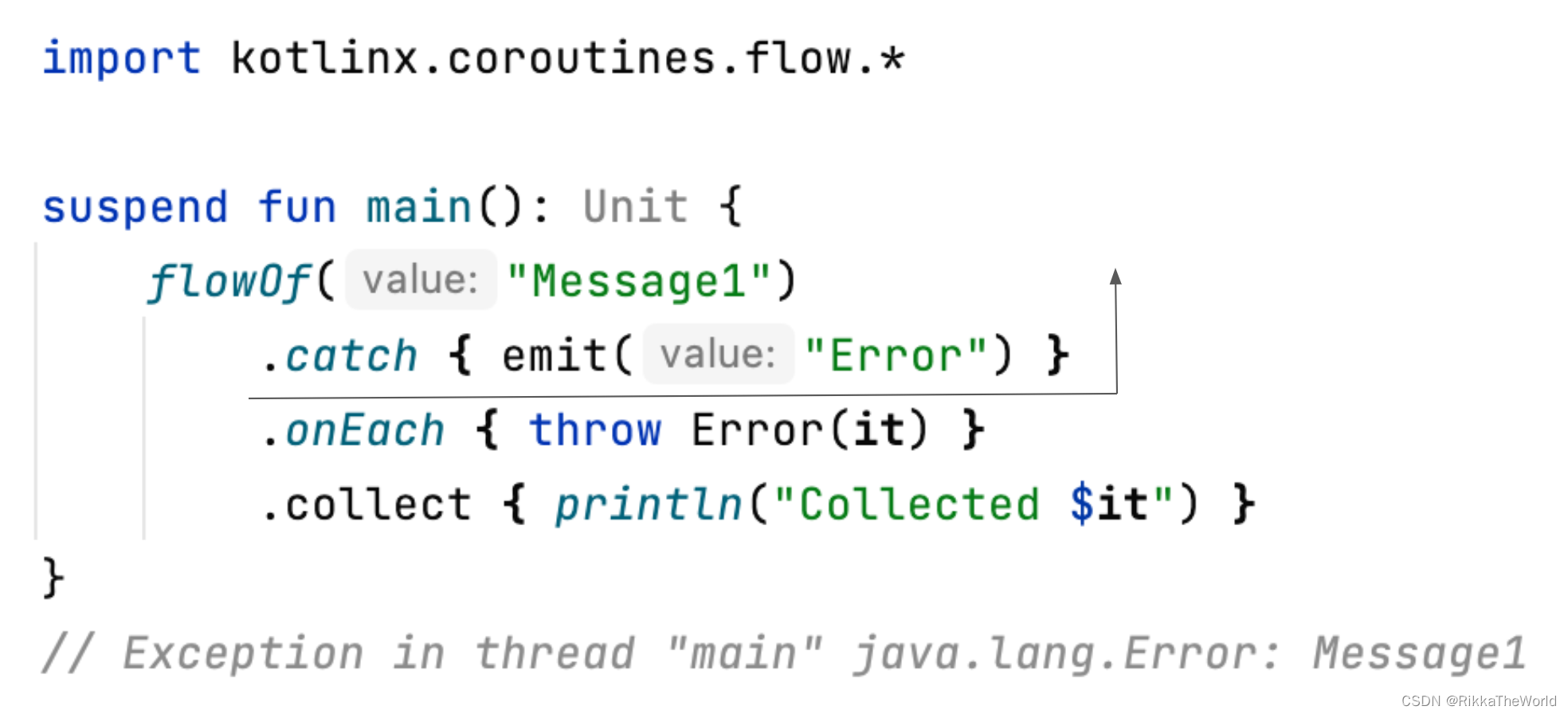
stay Android in , We use it a lot catch To show flow What happened in :
fun updateNews() {
scope.launch {
newsFlow()
.catch {
view.handleError(it) }
.onStart {
showProgressBar() }
.onCompletion {
hideProgressBar() }
.collect {
view.showNews(it) }
}
}
We can also use catch To send default data for display on the screen , For example, an empty list .
fun updateNews() {
scope.launch {
newsFlow()
.catch {
view.handleError(it)
emit(emptyList())
}
.onStart {
showProgressBar() }
.onCompletion {
hideProgressBar() }
.collect {
view.showNews(it) }
}
}
Uncaught exception
flow If an uncaught exception occurs in the, the... Will be canceled immediately flow, also collect This exception will be thrown again . This behavior is typical of suspending functions , coroutineScope It's the same behavior , A typical response is to use try-catch Block in flow External catch exception of :
val flow = flow {
emit("Message1")
throw MyError()
}
suspend fun main(): Unit {
try {
flow.collect {
println("Collected $it") }
} catch (e: MyError) {
println("Caught")
}
}
// Collected Message1
// Caught
Please note that , Use catch It does not prevent exceptions in terminal operation ( because catch Cannot use after the last operation ). therefore , If collect There is an exception in , It will not capture , Instead, an error will be thrown .
val flow = flow {
emit("Message1")
emit("Message2")
}
suspend fun main(): Unit {
flow.onStart {
println("Before") }
.catch {
println("Caught $it") }
.collect {
throw MyError() }
}
// Before
// Exception in thread "..." MyError: My error
therefore , The usual approach is to transform the logic layer from collect Move to onEach, And put it in catch Before . When we doubt collect When the logic of may be abnormal , This can be particularly useful . If we change the logical operation from collect Move away , You can be sure catch Can catch all exceptions .
val flow = flow {
emit("Message1")
emit("Message2")
}
suspend fun main(): Unit {
flow.onStart {
println("Before") }
.onEach {
throw MyError() }
.catch {
println("Caught $it") }
.collect()
}
// Before
// Caught MyError: My error
flowOn
Pass to flow operation ( Such as onEach、onStart、onCompletion etc. ) Of lambda Expressions and their builders ( Such as flow {..} or channelFlow{..}) It's all suspended . The pending function needs to have a context , And should be associated with their parent coroutine ( Structured concurrency ). therefore , You may want to know where the context of these functions comes from . The answer is : From the collect From the context of .
fun usersFlow(): Flow<String> = flow {
repeat(2) {
val ctx = currentCoroutineContext()
val name = ctx[CoroutineName]?.name
emit("User$it in $name")
}
}
suspend fun main() {
val users = usersFlow()
withContext(CoroutineName("Name1")) {
users.collect {
println(it) }
}
withContext(CoroutineName("Name2")) {
users.collect {
println(it) }
}
}
// User0 in Name1
// User1 in Name1
// User0 in Name2
// User1 in Name2
How does this code work ? The terminal operation will call the elements from the upstream , Thus providing the context of the collaboration . However , It can also pass through flowOn Function to modify ( Modify the context of the collaboration ):
suspend fun present(place: String, message: String) {
val ctx = coroutineContext
val name = ctx[CoroutineName]?.name
println("[$name] $message on $place")
}
fun messagesFlow(): Flow<String> = flow {
present("flow builder", "Message")
emit("Message")
}
suspend fun main() {
val users = messagesFlow()
withContext(CoroutineName("Name1")) {
users
.flowOn(CoroutineName("Name3"))
.onEach {
present("onEach", it) }
.flowOn(CoroutineName("Name2"))
.collect {
present("collect", it) }
}
}
// [Name3] Message on flow builder
// [Name2] Message on onEach
// [Name1] Message on collect
please remember , flowOn Only applicable to flow Functions upstream in .

launchIn
collect Is a suspend function , It will suspend a process until flow complete . We usually use them launch The builder wraps it , In order to flow Processing can be started on another collaboration . To optimize this situation , There is one launchIn function , It will call on the scope passed as a parameter collect.
fun <T> Flow<T>.launchIn(scope: CoroutineScope): Job =
scope.launch {
collect() }
launchIn It is usually used to start a flow.
suspend fun main(): Unit = coroutineScope {
flowOf("User1", "User2")
.onStart {
println("Users:") }
.onEach {
println(it) }
.launchIn(this)
}
// Users:
// User1
// User2
summary
In this chapter , We learned different flow function . Now we know how to flow At the beginning of the 、 Perform some operations at the end or on each element ; We also know how to catch exceptions , And how to start in the new process flow. These are basic tools that are widely used , Especially in Android In development . for example , Here's a paragraph Android Use in flow Code for :
fun updateNews() {
newsFlow()
.onStart {
showProgressBar() }
.onCompletion {
hideProgressBar() }
.onEach {
view.showNews(it) }
.catch {
view.handleError(it) }
.launchIn(viewModelScope)
}
边栏推荐
- 【深度学习】深度学习如何影响运筹学?
- Summary of PHP pseudo protocol of cisp-pte
- EDI许可证和ICP经营性证有什么区别
- [brush questions] effective Sudoku
- 2020-2022两周年创作纪念日
- Basic introduction to the control of the row component displaying its children in the horizontal array (tutorial includes source code)
- PSPNet | 语义分割及场景分析
- Data access - entityframework integration
- 阿掌的怀念
- sqlserver 做cdc 要对数据库性能有什么要求么
猜你喜欢
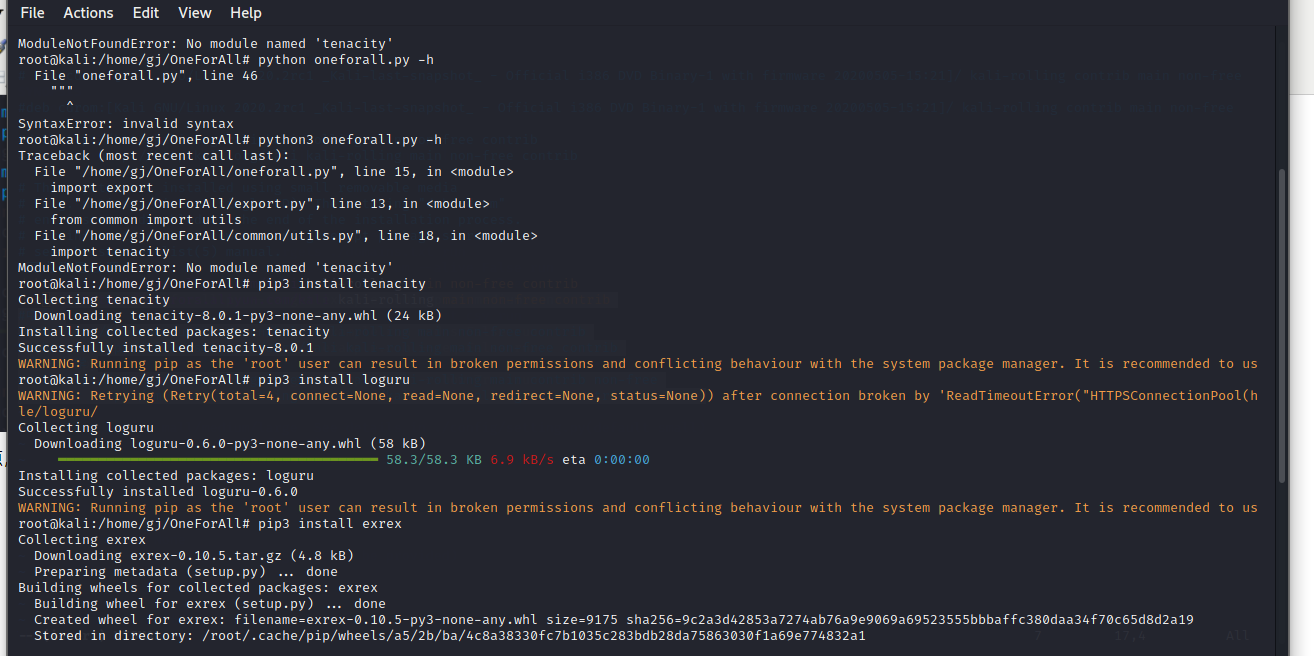
OneForAll安装使用
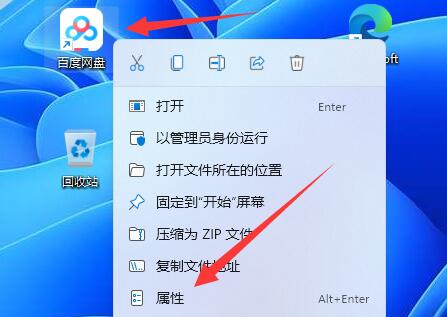
Win11如何给应用换图标?Win11给应用换图标的方法
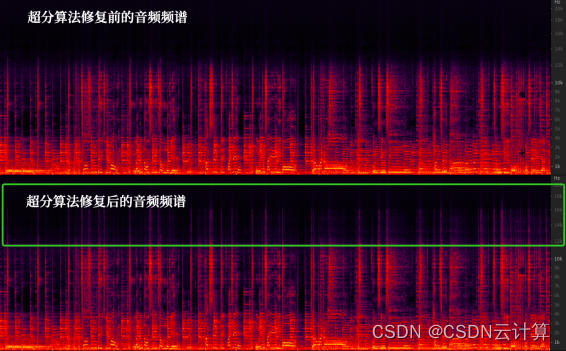
Clear restore the scene 31 years ago, volcanic engine ultra clear repair beyond classic concert
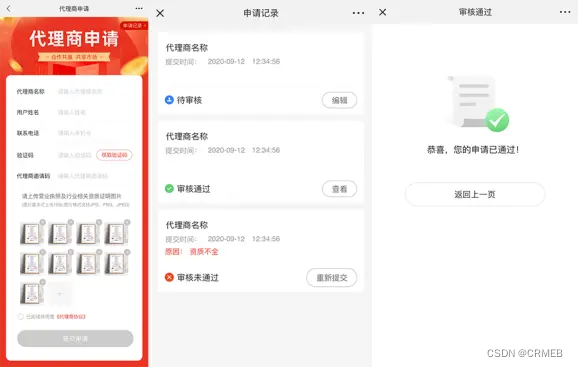
Single merchant v4.4 has the same original intention and strength!

中间表是如何被消灭的?

Basic introduction to the control of the row component displaying its children in the horizontal array (tutorial includes source code)
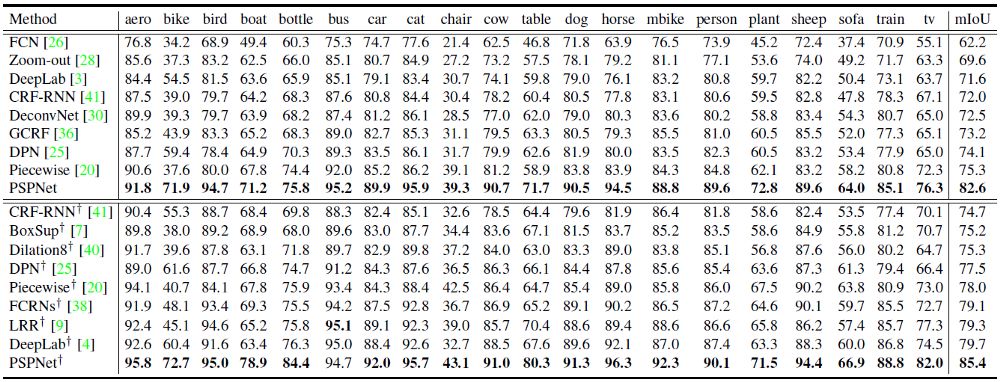
Pspnet | semantic segmentation and scene analysis
![[brush title] goose factory shirt problem](/img/c8/44496c767a778101cf3982bd911933.png)
[brush title] goose factory shirt problem
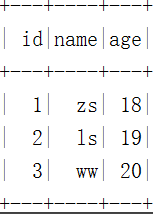
Data Lake (XIV): spark and iceberg integrated query operation
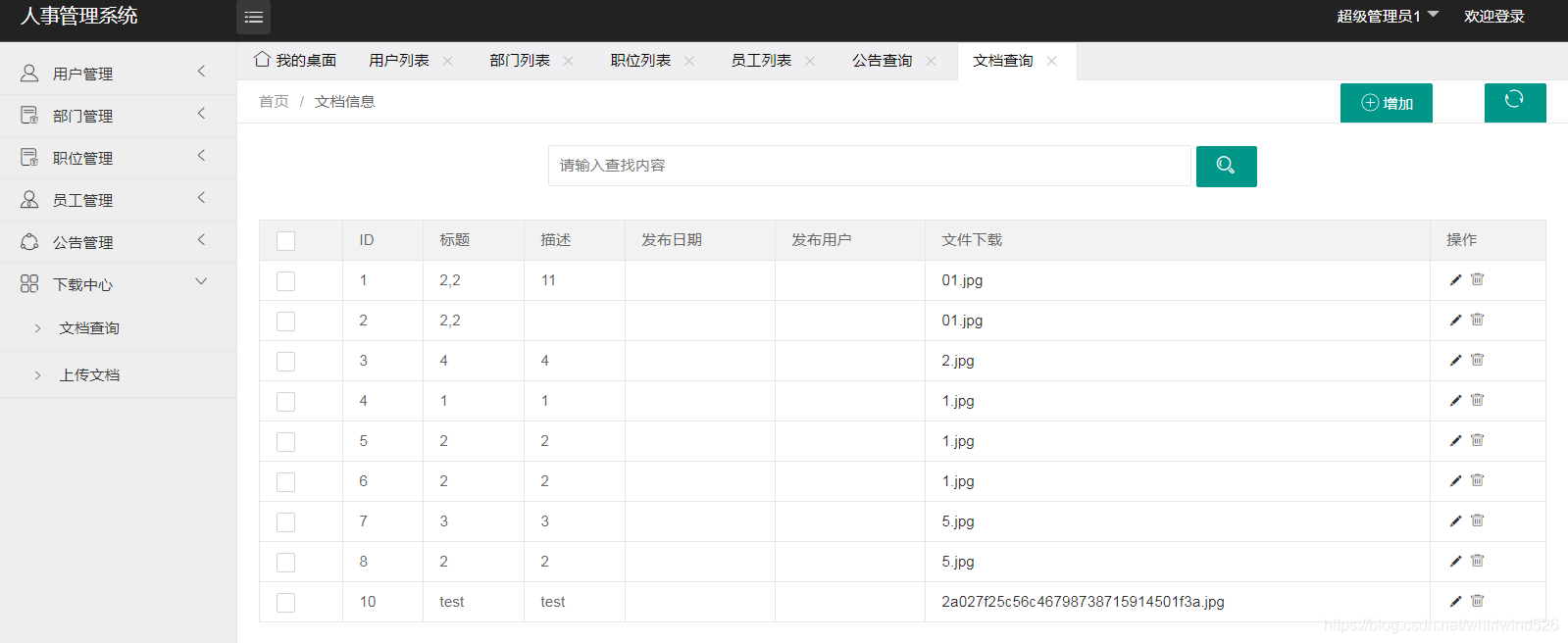
Bs-xx-042 implementation of personnel management system based on SSM
随机推荐
Reduce the cost by 40%! Container practice of redis multi tenant cluster
Cartoon: what is distributed transaction?
Android privacy sandbox developer preview 3: privacy, security and personalized experience
Solve the Hanoi Tower problem [modified version]
今日睡眠质量记录79分
【刷題篇】鹅廠文化衫問題
迁移/home分区
2020-2022两周年创作纪念日
面对新的挑战,成为更好的自己--进击的技术er
Data Lake (XIV): spark and iceberg integrated query operation
[team PK competition] the task of this week has been opened | question answering challenge to consolidate the knowledge of commodity details
Sentinel flow guard
怎样在电脑上设置路由器的WiFi密码
APICloud云调试解决方案
一些认知的思考
Single merchant v4.4 has the same original intention and strength!
漫画:什么是服务熔断?
How to install MySQL
Quelques réflexions cognitives
Jarvis OJ 简单网管协议